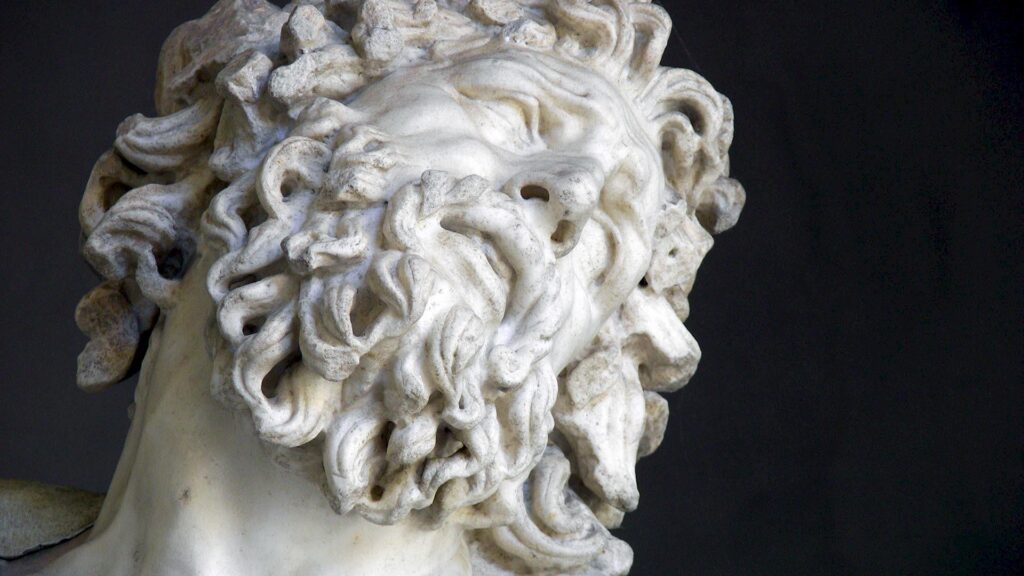In a remarkable turn of events, a centuries-old statue long discarded by raiders has captured the attention of scientists, who now believe it to be a rare and invaluable artifact. Unearthed from obscurity, this ancient relic is reshaping historians’ understanding of the culture that created it. Experts are racing to study the statue’s origins and significance, hoping it will shed new light on a forgotten chapter of history. This discovery underscores the unpredictable nature of archaeological finds and the enduring mysteries buried beneath the surface.
Discovery of the Abandoned Statue Sheds Light on Lost Ancient Civilization
Hidden beneath layers of dust and debris, the recently uncovered statue has challenged previous assumptions about the region’s history. Archaeologists have identified unique craftsmanship techniques and symbolic engravings that suggest the artifact originated from a civilization previously unknown to historians. Initial carbon dating places the statue’s creation around 2,500 years ago, indicating a sophisticated culture with advanced metallurgical skills. The presence of intricate details hints at religious or ceremonial significance, which may help decode the lost society’s belief systems and social hierarchy.
Experts are especially intrigued by the statue’s abandonment, theorizing that raiders may have discarded it during a violent invasion or cultural upheaval. This theory gains credence from the surrounding site, where evidence of destruction and hurried departures has been found. The analysis has revealed several key findings:
- Material Composition: Alloy mixture not previously recorded in the region
- Artistic Symbolism: Iconography resembling celestial bodies and mythical creatures
- Site Context: Scattered remnants of tools and weapons nearby
| Feature | Details |
|---|---|
| Height | 1.8 meters |
| Material | Bronze-iron alloy |
| Estimated Age | 2,500 years |
| Discovery Site | Remote cave system |
| Current Condition | Partial erosion; mostly intact |
Scientific Analysis Reveals Unique Craftsmanship and Historical Significance
Recent scientific examinations utilizing advanced imaging techniques have uncovered intricacies in the statue’s design that distinguish it from other known artifacts of its era. Microscopic analysis of the tool marks revealed a level of craftsmanship previously thought unattainable by ancient sculptors, suggesting that this figure was the work of a master artisan or perhaps a team highly specialized in ceremonial sculptures. The materials themselves, including rare stone sourced from a quarry hundreds of miles away, indicate the statue’s significant cultural and possibly religious value in its original context.
Moreover, carbon dating and pigment analysis highlight the statue’s unique place in history, placing it firmly within a specific time frame of rapid political upheaval. Researchers hypothesize that the statue served as a symbol of authority and was likely discarded during a raid targeting cultural treasures. The following table summarizes the key scientific findings:
| Analysis Type | Findings | Implications |
|---|---|---|
| Microscopic Tool Mark Study | Intricate, fine detail carved with metal tools | Indicates master craftsmanship |
| Material Composition | Rare quartzite from distant quarry | Suggests cultural importance and trade networks |
| Radiocarbon Dating | Circa 1300 BCE ± 50 years | Dates to turbulent era of regime change |
| Pigment Residue Analysis | Traces of vivid red and blue pigments | Supports ceremonial or royal function |
- Evidence of trade: The rare stone indicates long-distance connections.
- Historical context: Aligns with a known period of conflict and cultural shift.
- Artistic sophistication: Tool markings and pigments reveal advanced technique and purpose.
Experts Urge Preservation Efforts to Protect the Rare Archaeological Find
Archaeologists and historians emphasize the urgent need to safeguard the statue, which was uncovered in a remote excavation site after being abandoned by looters. Experts believe this artifact holds immense value beyond its material worth – offering a rare glimpse into the artistic techniques and cultural symbolism of an ancient civilization previously undocumented. Preservation efforts are being coordinated to stabilize the statue, prevent further deterioration, and ensure that future research can unlock its historical secrets.
Key preservation initiatives recommended by specialists include:
- Controlled Climate Storage: Maintaining stable temperature and humidity levels to halt material degradation.
- Non-Invasive Restoration: Applying reversible and minimal-intervention techniques to maintain authenticity.
- Comprehensive Documentation: Utilizing 3D scanning and digital archiving for detailed study and public access.
- Community Engagement: Involving local stakeholders to foster protective stewardship and discourage illicit trade.
| Preservation Step | Purpose | Estimated Duration | |
|---|---|---|---|
| Stabilization | Prevent collapse or further damage | 6 months | |
| Cleaning | Remove dirt without harming surface | 3 months | |
| Preservation Step |
Purpose |
Estimated Duration |
|
| Stabilization | Prevent collapse or further damage | 6 months | |
| Cleaning | Remove dirt without harming surface | 3 months | |
| Restoration | Repair and reinforce damaged areas | 4 months | |
| Documentation | Catalog artifact details digitally | 2 months |
Would you like me to assist with anything else, such as refining the text
To Wrap It Up
As researchers continue to analyze the statue, its true significance is gradually coming to light, challenging initial assumptions made by the raiders who discarded it. This rare find not only offers a glimpse into the artistry and culture of its time but also underscores the enduring value of preservation and scholarly inquiry. Further studies and conservation efforts promise to deepen our understanding of this remarkable artifact, potentially rewriting a chapter of ancient history once thought lost.
